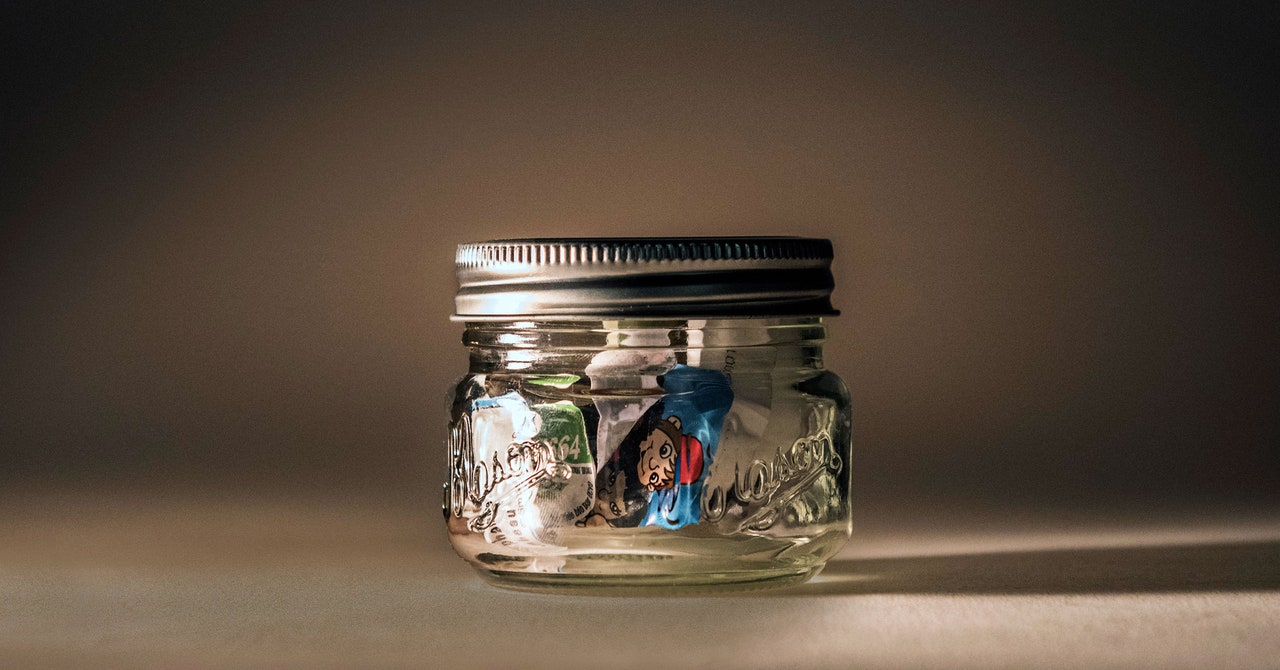
A trash jar can amplify that personal focus, since keeping one requires such extreme attentiveness to one’s consumption patterns.
Kellogg says it’s simply not worth putting all your energy into a trash jar if it leaves no bandwidth for chipping away at some of those bigger, system-level problems. Sure, shopping zero-waste might support a reuse-centric grocery store, but obsessing over the plastic zip ties used to cinch a bag of bulk kidney beans? Not so much.
When Kellogg quit her trash jar, she used her extra time and energy to serve on her city’s beautification commission, a group dedicated to reducing trash and litter generation. She generated a little more garbage herself, but she now had the capacity to help organize a citywide trash cleanup event and a dump day, a way for locals to responsibly dispose of bulky items.
“I also tried to work on a Styrofoam ban, but that got nixed,” she said, laughing. “Not everything you do is going to succeed.”
Kellogg is a bit of an outlier; serving in local government isn’t for everyone, and she said it’s certainly not a prerequisite to becoming a good zero-waster. But many share her view that waste reduction can feel empty—even consumeristic—unless it’s paired with something bigger.
April Dickinson, a zero-waste influencer and longtime trash-jar skeptic, says she’s often been turned off by the array of products meant to facilitate a zero-waste lifestyle. “I engaged with the zero-waste community less when I saw that it was falling into the more capitalistic mindset,” she said. “There’s like 47 brands of bamboo toothbrushes now, and 11 billion metal straws, all different colors and sizes.”
Instead, she tries to show how zero-waste practices can represent an alternative way of relating with the natural world and with other people. If we treat everyday objects as disposable, she said, by extension, we might also be more likely to treat people as disposable, with less empathy for those who are incarcerated or otherwise marginalized. She often highlights the human impact of waste, which can create air pollution and leach hazardous chemicals into the groundwater of low-income communities and communities of color.
Too few people within the zero-waste movement engage with these issues, she said—in particular some of the “trash-jar people,” who are “just hell-bent on not putting trash into their own jar.”
Over the past several years, a newfound appreciation for imperfection has opened up space for many who might otherwise have felt intimidated by the zero-waste movement.
In 2018, sustainability influencer Immy Lucas of the blog and Instagram account Sustainably Vegan ditched the “zero-waste” label and instead began advocating for what she called the “low-impact movement” (which is not an exercise routine, although proponents of the phrase do have to vie for airspace with #LowImpact workout posts on Instagram). The philosophy emphasizes waste reduction rather than elimination, as well as sustainable lifestyle choices that go beyond waste—like diet and travel. Since then, a host of influencers have embraced the phrase, including Low-Waste Lucy, Taylor Pfromer, and Sarah Robertson Barnes.

